11 Spring Lawn Care Tips for Atlanta, GA
BY MELANIE JOSEPH | APRIL 12TH, 2023 | ATLANTA, GEORGIA, LAWN CAREAs spring arrives in Atlanta, homeowners are eager to go outside and start tending to their lawns. Unlike other southern cities, Atlanta experiences all four seasons, each bringing unique weather and lawn care needs. The spring season, in particular, requires special attention as the grass is still recovering from the harsh winter weather and is just beginning to come back to life.
To help Atlanta homeowners achieve a strong and healthy lawn year-round, here are 11 essential spring lawn care tips. From aerating to fertilizing, these tips will ensure your lawn is in top condition and looking its best this spring and beyond:
- Prepare Your Lawn Care Tools for the Growing Season
- Mow According to Your Grass Type
- Treat Lingering Lawn Diseases Before New Growth Starts
- Control and Prevent Weeds
- Overseed To Improve Lawn Thickness
- Test the Soil for Nutrient Deficiencies
- Fertilize To Support Healthy New Growth
- Water the Lawn Efficiently
- Aerate Only as Needed
- Kill Lawn Pests Before They Overrun Your Yard
- Remove Thatch Buildup
1. Prepare Your Lawn Care Tools for the Growing Season
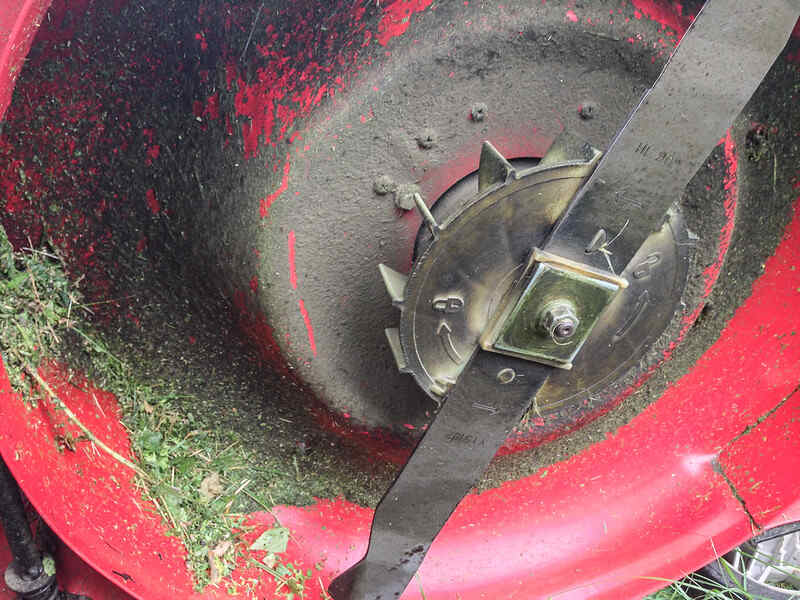
Photo Credit: Tony Webster / Flickr / CC BY 2.0
As spring arrives, it’s time to dust off your lawn care tools hibernating in the garage. But before you start using them, check if they’re in good working condition. Neglecting your tools can lead to unexpected problems as you are trying to tackle your yard work as your grass is growing by leaps and bounds.
To ensure your tools are ready to go, follow this maintenance checklist:
- Check if your weed eater has enough line.
- Sharpen the blades on your lawn mower.
- If you use a gas-powered lawn mower, change the engine oil, stock up on gas, and replace the spark plug and filter.
- For battery-powered tools, check the batteries to ensure they still hold a charge and that the tools are working properly.
By ticking off these boxes early in the season, you’ll be able to focus on your lawn care without worrying about equipment malfunctions or unexpected breakdowns.
2. Mow According to Your Grass Type
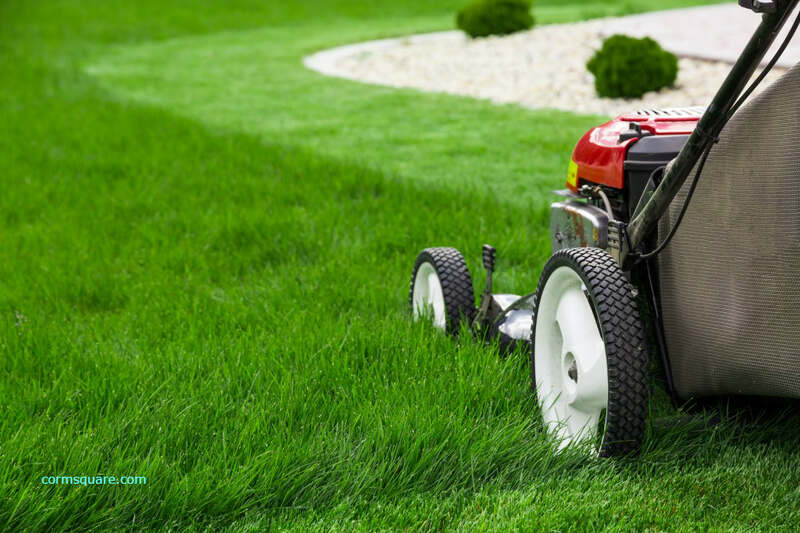
Photo Credit: Prasannanossam3 / Wikimedia Commons / CC BY-SA 4.0
Always remember that how you cut your grass can impact its health. Contrary to popular belief, mowing your grass as short as possible isn’t always the best practice for every grass type. If you mow the grass too short, it can weaken it or even create the perfect conditions for lawn diseases to develop.
On the other hand, letting it grow too long can attract pests and annoy your neighbors. So, what is the ideal grass height for your lawn? Well, that depends on the species. For Atlanta’s most common warm-season and cool-season grasses, these are the recommended mowing heights:
| Grass Type | Recommended Mowing Height |
| Bermudagrass | 1 – 2 inches |
| Centipedegrass | 1.5 – 2 inches |
| St. Augustinegrass | 2.5 – 4 inches |
| Zoysiagrass | 1 – 2.5 inches |
| Kentucky bluegrass | 2 – 3 inches |
| Perennial ryegrass | 2 – 3 inches |
| Tall fescue | 2 – 4 inches |
When it comes to mowing your lawn in the spring, timing is everything. Don’t reach for the mower until the grass has grown to at least 2 inches in height. It will give the roots ample time to establish a strong foundation.
Be mindful of the temperature as well. Wait until the daily low temperatures are well above 40 degrees Fahrenheit, which usually happens in March or April in Atlanta. To ensure the best results, follow these lawn mowing tips:
- Avoid mowing when the grass is wet.
- Don’t let grass clippings build up more than an inch thick.
- Never cut off more than ⅓ of the grass height at once. For instance, if the grass is 1½ inches tall, don’t cut off more than ½ inch.
- Sharpen your lawn mower blades.
- Mow in different directions every time you mow the lawn.
Note that cool-season grasses like Kentucky bluegrass, perennial ryegrass, and tall fescue will go dormant as the weather warms up. Thus, they will not likely require mowing during spring and summer.
3. Treat Lingering Lawn Diseases Before New Growth Starts
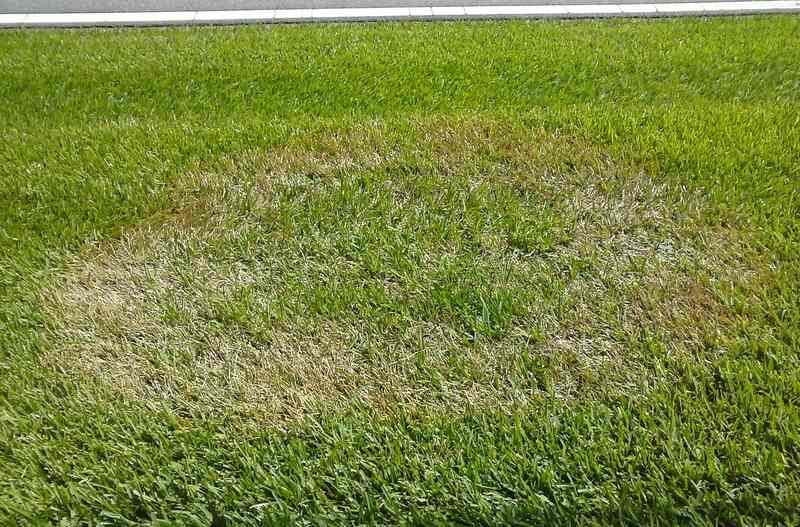
Photo Credit: Scot Nelson / Wikimedia Commons / CC0 1.0
Neglected or weathered lawns, especially in the hot and humid Atlanta climate, are susceptible to a range of lawn diseases caused by various fungi during the spring season.
These diseases can manifest in the form of discolored or dead-looking patches. Fungi can spread rapidly during the growing season, so you must address the problem quickly.
The University of Georgia has compiled a comprehensive list of turfgrass diseases that are common in Atlanta lawns in spring. This resource can help identify the specific disease that may be plaguing your lawn.
Anthracnose
What to look for:
- Yellow leaf spots with black centers on individual blades of grass, stem and leaf rot, irregularly shaped patches of brown or yellow grass in your lawn, or grass that pulls up easily
How to treat anthracnose:
- Take steps to reduce stress to the affected area – minimize foot traffic and avoid using heavy equipment on the grass. Water your lawn to keep it alive and healthy, but without over-irrigating. Also, avoid aerating the lawn while the disease is active, as it can further exacerbate the problem. There are still no fungicides available that can cure an existing infection, but preventive fungicides can help future infections from taking hold.
Brown Patch (Large Patch)
What to look for:
- Reddish-brown or black leaf spots, irregular or circular patches of gray or brown grass that vary in diameter (from 5 inches to 25 feet), and thin smoke-colored rings or orange grass surrounding the infected area
How to treat brown patch:
- To halt the spread and kill the fungus, use a fungicide with active ingredients like maneb, myclobutanil, PCNB, propiconazole, thiophanate-methyl, or triadimefon. Refrain from using nitrogen while the disease is active and use as little nitrogen as possible when fertilizing as a preventive measure. Applying lime to the soil can help regulate low pH levels. It’s also important to minimize thatch buildup, increase the amount of sunlight the area gets, water the lawn early in the day, and remove dew from the grass every morning. Severe infections may require treatment with fungicides.
Dollar Spot
What to look for:
- Sunken, small, circular brown or straw-colored spots that look like dollar coins, a layer of fluffy white growth that appears on top of the turf in the mornings, and reddish-brown, straw-colored, or yellowish-green spots on individual blades of grass
How to treat dollar spot:
- Treat severe cases with fungicides that contain either triadimefon, myclobutanil, or propiconazole. For prevention, mow your lawn regularly and don’t cut it too short, as taller grass is more resistant to the fungus. Avoid overwatering your lawn and irrigate early in the day to give the grass enough time to dry out before nighttime. Fertilize your lawn with nitrogen in the spring to promote growth and prevent dollar spot. Also, minimize thatch buildup and dry morning dew off the grass.
Fairy Rings
What to look for:
- An arc or ring of dead grass surrounded by healthy, green grass is a sign of fairy rings. In some cases, a white fungal growth may be visible in the soil, or a dark green arc or ring may appear in the grass.
How to treat fairy rings:
- The fungi responsible for these rings have deep roots, which means that fungicides may not always be effective. One of the best ways to combat this problem is to remove 1 foot of soil in and around the infected area. Once the soil has been removed, you can then re-seed or re-sod the affected area to fill in the hole in your lawn.
Leaf Blot (Melting Out)
What to look for:
- Extremely thinning turf, withered grass needles, brown (or sometimes purple) patches on individual grass blades
How to treat leaf blot:
- Treat severe cases with fungicides that contain active ingredients like thiophanate-methyl, maneb, PCNB, myclobutanil, or propiconazole. Avoid systemic fungicides, herbicides, and plant growth regulators. Keep heavy equipment off your lawn to reduce stress, remove thatch, avoid using a fertilizer with high nitrogen content, and water only as needed. When mowing while the disease is active, raise the cutting height and remove contaminated clippings immediately.
Pythium Root Rot
What to look for:
- Slow-growing and thinning turf, irregular patches of yellow grass
How to treat pythium root rot:
- Apply a balanced blend of nutrients, including phosphorus, potash, and nitrogen, to the soil. When dealing with active disease, it’s best to avoid frequent watering or mowing, as this can further spread the infection. Additionally, increasing sunlight exposure and improving drainage in the root zone can help create a less hospitable environment for disease-causing organisms. For severe cases, fungicides may be necessary to control the disease.
Rust
What to look for:
- Thinning grass, powdery masses of orange, red, yellow, or brown spores, yellow specks on individual grass blades
How to treat rust:
- Water your lawn before 10 a.m. to allow it enough time to absorb the moisture. Relieve compact soil by aerating the lawn. Increase sunlight exposure, improve air circulation, and raise the mowing height. Use fungicides only when the other measures do not work for treating severe infections.
Slime Molds
What to look for:
- Weakened and damaged grass due to spores interfering with photosynthesis, yellowish-brown or gray patches with pinhead-sized, round spores coating the grass (these circular or irregularly-shaped areas range from 1 to 30 inches in diameter)
How to treat slime molds:
- These molds are not harmful to your lawn and will stop forming on their own as the weather gets drier. You can easily remove the spores and residue with a high-pressure garden hose sprayer or even a broom.
Take-All Root Rot
What to look for:
- Grass blades that turn yellow, then brown, and eventually wilting, horizontal stems (stolons) that can easily be pulled out, dark brown roots, and thinning turf
How to treat take-all root rot:
- Applying a fungicide with triadimefon or myclobutanil as an active ingredient can help. Another option is to use manganese fertilizer. You can control root rot through soil nutrient amendments like phosphorus and potash, acid-rich fertilizers, as well as improving soil drainage and reducing thatch buildup.
4. Control and Prevent Weeds
Every spring, it is imperative for homeowners and lawn enthusiasts to make a comprehensive shopping list for yard maintenance. Two herbicides that should be on this list are post-emergent herbicides and pre-emergent herbicides, which can tackle the onslaught of both cool-season and summer weeds, respectively.
Annual Cool-Season Weed
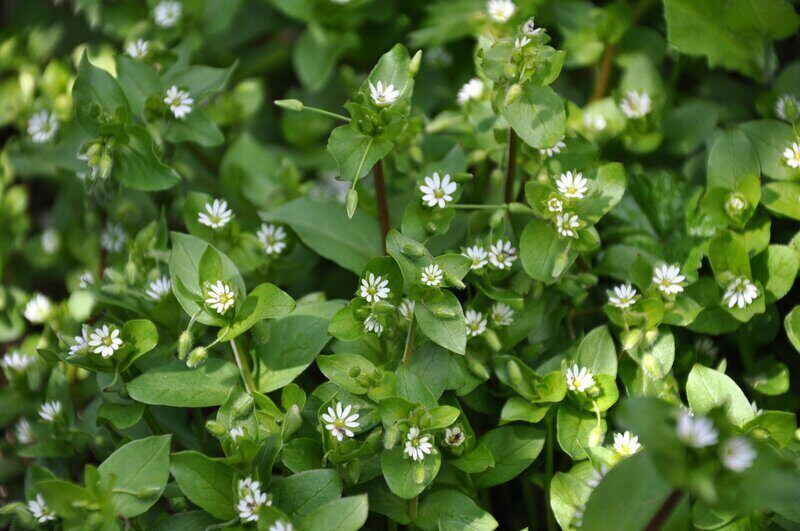
Photo Credit: Lazaregagnidze / Wikimedia Commons / CC BY-SA 4.0
Annual cool-season weeds typically disappear in late spring, courtesy of the hotter weather. So, it’s your decision whether you want to eliminate them through post-emergent herbicides or let them perish on their own.
Atlanta’s annual cool-season weeds include:
- Annual bluegrass
- Common chickweed
- Henbit
- Swinecress
You should apply post-emergent herbicides to combat the cool-season weeds that sprout during the fall and winter months and continue to grow through early spring. As soon as you detect the weeds, apply a light layer of these herbicides.
Annual Warm-Season Weeds
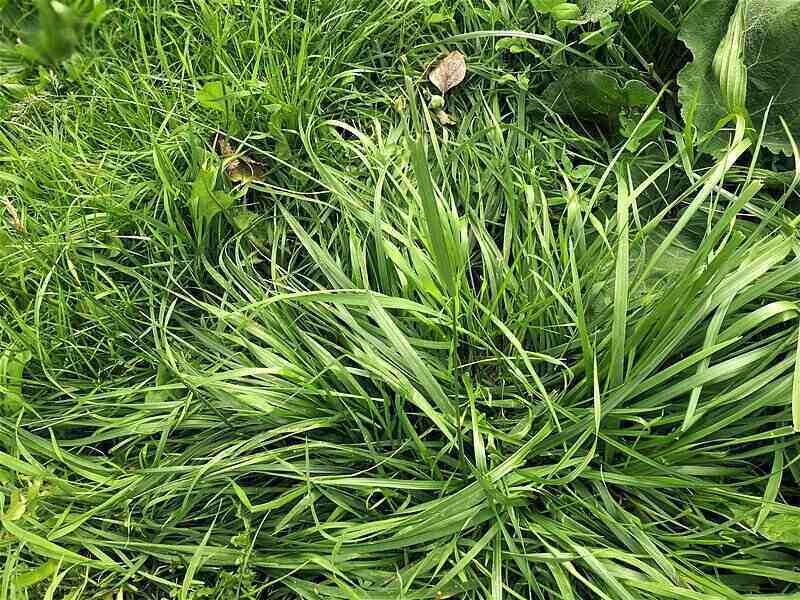
Photo Credit: BogTar201213 / Wikimedia Commons / CC BY-SA 4.0
As any lawn enthusiast can attest, the battle against weeds is a never-ending one. Don’t just address the current weed issues but also be proactive about future ones. And this is where pre-emergent herbicides come in.
To thwart the growth of annual warm-season weeds that tend to crop up during the hotter months of May and June, you should apply pre-emergent herbicides in early or mid-March. Take this step early on since warm-season weeds can wreak havoc on lawns throughout the summer.
The annual warm-season weeds common in Atlanta include the following:
- Crabgrass
- Goosegrass
- Lespedeza
- Prostrate knotweed
Perennial Weeds
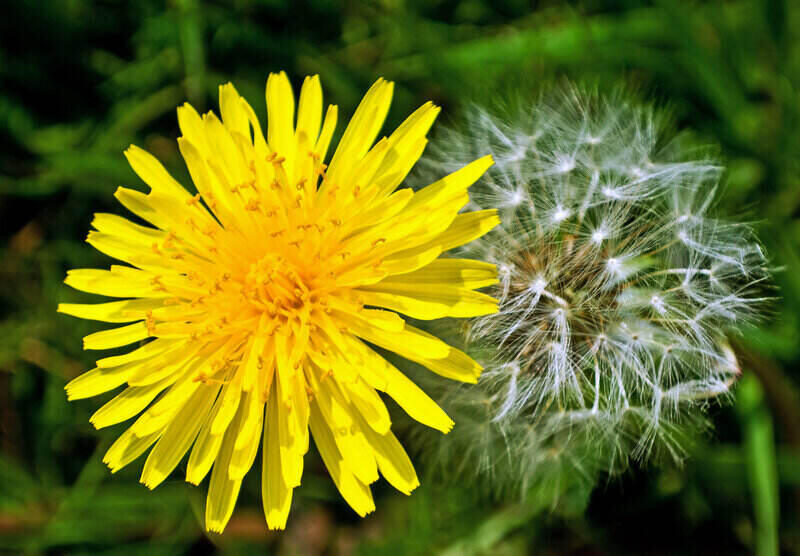
Photo Credit: PublicDomainPictures
Unlike their annual counterparts, perennial weeds have a stubborn and persistent nature. They can re-seed and regrow year after year. In such instances, post-emergent herbicides are the way to go. These herbicides are effective in targeting the weeds at their roots and eliminating them for good (for this season, at least).
The perennial weeds common in Atlanta are:
- Dandelion
- Clover
- Tall fescue
- Wild garlic
Biennial Weeds
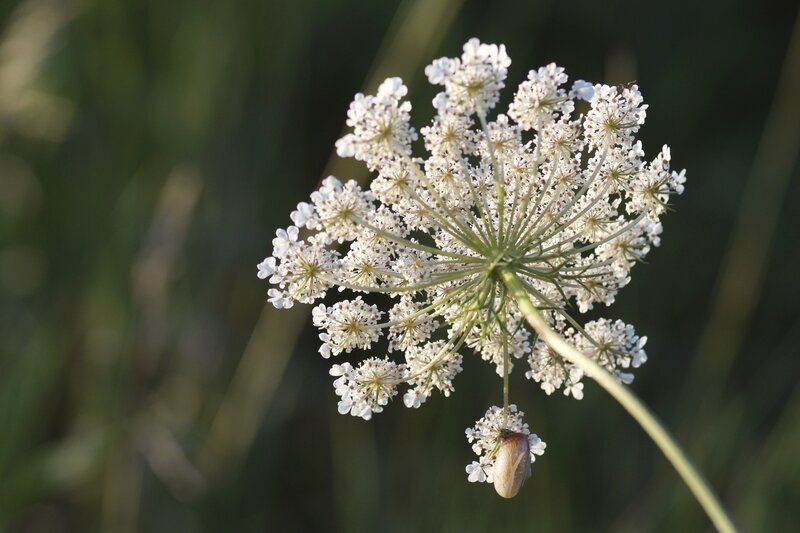
Photo Credit: PublicDomainPictures
Unlike annual or perennial weeds, biennial weeds have a two-year life cycle. In the first year, it grows from seed and produces foliage. During the second year, it dies after creating a seed stalk and setting seed. While not as prevalent in lawns as other types of weeds, you should still keep an eye out for biennials and remove them promptly to prevent them from spreading.
Common biennial weeds include the following:
- Common mullein
- Wild carrot
Note: The key to an impeccable lawn is to take a preemptive approach to weed management, ensuring that it stays healthy and lush year-round.
5. Overseed To Improve Lawn Thickness
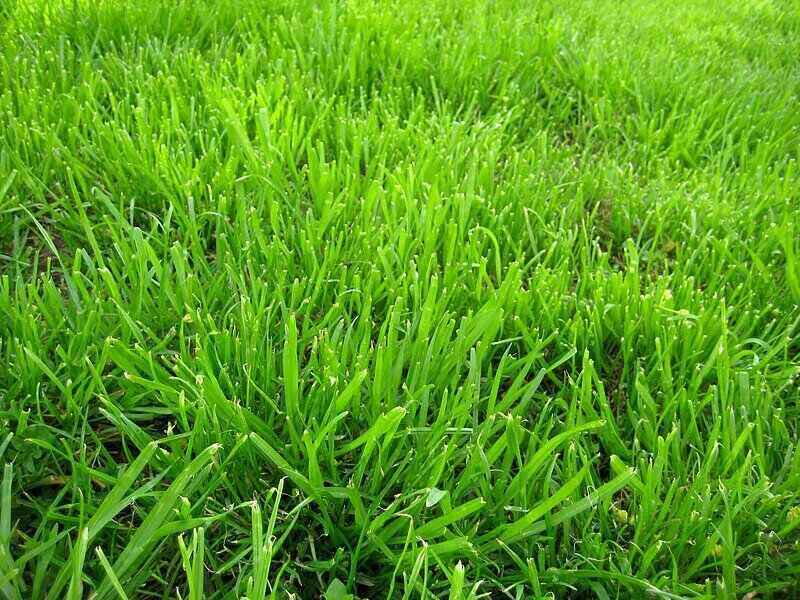
Photo Credit: Lupus in Saxonia / Wikimedia Commons / CC BY-SA 4.0
If you take lawn maintenance seriously, then overseeding is a term you’re probably familiar with. For the uninitiated, overseeding involves adding new grass seed to an existing lawn to fill any patchy or thinning areas.
The beginning of a lawn’s active growing season is the ideal time for overseeding – typically in spring. Since Atlanta falls in the middle of a transition zone, it can accommodate both warm-season and cool-season grasses.
Spring is the optimal time to overseed warm-season grasses, as they’re gearing up for their growing season and can benefit from the added nutrients. Conversely, if your lawn has cool-season grass like tall fescue, it’s advisable to wait until fall before overseeding.
In the table below, you’ll discover the best time to plant new seeds for the most common warm-season grasses in Atlanta. These are based on average daily temperatures and weather conditions.
| Grass Type | Best Daily Low – High Temperatures for Planting | Best Time to Plant Seeds in Atlanta |
| Bermudagrass | 75 – 80 | May – June |
| Centipedegrass | 70 – 90 | May – June |
| St. Augustinegrass | 65 – 80s | May – June |
| Zoysiagrass | 80 – 95 | Late May – July |
Once you’ve overseeded your lawn, note that newly seeded grass has different care requirements compared to established grass, even if they’re the same species. Adequate watering and fertilization are key to ensuring your freshly planted grass grows thick and healthy.
Note: You should bear in mind that you’ll have to choose between weed control and overseeding in the spring. Applying herbicides to prevent weed germination also can prevent your new grass from growing. Thus, you’ll have to weigh the pros and cons and decide which is more critical for your lawn – getting rid of weeds or filling in sparse areas.
6. Test the Soil for Nutrient Deficiencies
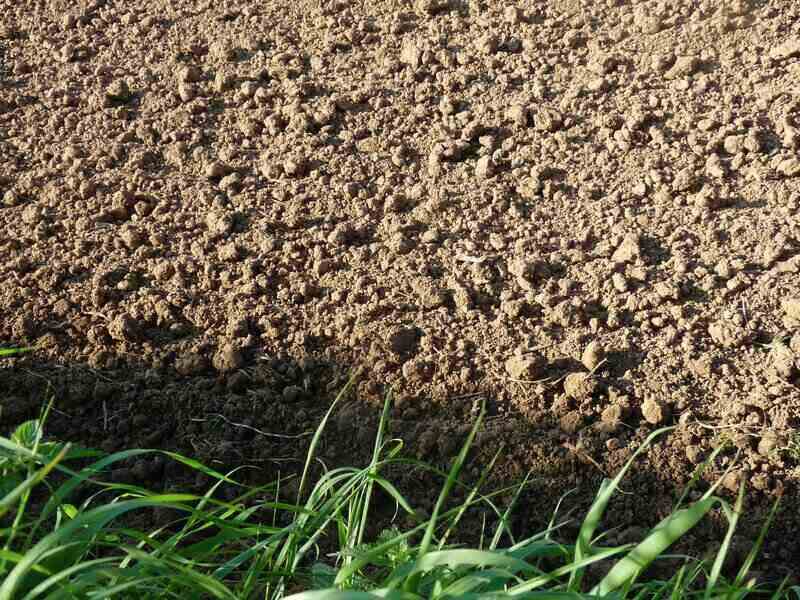
Photo Credit: PublicDomainPictures
The backbone of every healthy lawn is the soil – providing essential nutrients that grass needs to grow and thrive. Similar to how a balanced diet is important for people, ensure that your soil is providing the nutrients your lawn needs to flourish. Even if you fertilize regularly, if your soil lacks key nutrients, your lawn will not be able to reach its full potential.
How can you know if your soil is up to snuff? The best way is to collect a soil sample and have it professionally tested. Luckily, the Fulton County Cooperative Extension Service offers affordable soil tests for less than $20. Once you receive the results of your soil test, you can determine which amendments your soil needs to improve.
Common amendments include lime (to adjust soil pH) and nutrients such as nitrogen, potash, potassium, and phosphorus. By ensuring your soil is healthy and well-nourished, you’ll be laying the foundation for a lush and vibrant lawn.
7. Fertilize To Support Healthy New Growth
Your lawn needs more than just nutrients to grow thick and healthy. Applying the correct fertilizer at the right time can give your lawn the extra boost it needs.
When to Fertilize Your Lawn
For warm-season grasses in Atlanta, the best time to fertilize is in late spring after the grass has regained its green color and begun active growth. The first “feeding” of the year typically happens in May. However, it’s important to wait until your grass has started growing before fertilizing. Otherwise, the fertilizer will not work.
Type of Fertilizer To Use
Using a slow-release nitrogen fertilizer is recommended to help your grass grow consistently and steadily throughout the season. While fast-release fertilizers may make your grass grow faster, too much nitrogen applied too quickly can cause unsustainable growth or even burn your grass. When it comes to fertilizing your lawn, slow and steady is the way to go.
How to Fertilize Your Lawn
Proper fertilization is key to maintaining a healthy lawn, but there’s more to it than simply spreading fertilizer around your yard. To avoid streaks or patchy growth, it’s important to use a spreader when applying fertilizer. This ensures an even coating and reduces the risk of applying too much fertilizer in a single spot, which can be harmful to your grass.
Note: Remember, more fertilizer doesn’t equal more growth – overfertilization can actually weaken your grass. And don’t be tempted to apply fertilizer too early in the season. Grass won’t start growing until it’s ready, so fertilizing too soon is just a waste of time and money.
8. Water the Lawn Efficiently
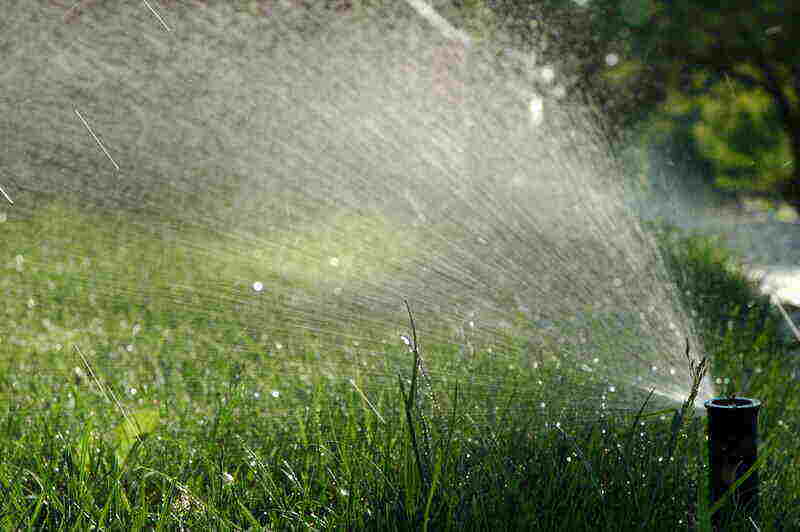
Photo Credit: UBC Micrometeorology / Flickr / CC BY 2.0
In the early days of spring, you can hold off on watering your lawn because the soil tends to be naturally moist during this time. Additionally, you must lessen foot traffic and avoid burdening your lawn with heavy equipment, as the damp soil is more susceptible to damage.
Note: You’ll know it’s time to start watering once your grass has begun actively growing and you’ve applied the first round of fertilizer.
To maintain a healthy lawn throughout the rest of spring, it’s vital not to overwater. Experts recommend watering no more than 1 inch per week. Overwatering can lead to several problems, including:
- Disease-causing fungi
- Harmful chemicals from herbicides, pesticides, and fertilizers can contaminate groundwater – potentially causing environmental problems
- Pests
- Shallow root growth, which leaves your lawn susceptible to drought
- Thick thatch buildup can smother the grass
Sandy loam soils are abundant in the Atlanta area, which means water retention may be an issue. Unlike dense clay, which requires deep, infrequent watering, sandy loam soils benefit from light, frequent watering. However, too much watering can lead to lawn diseases, so it’s important to monitor your grass after each watering session.
While overwatering can create problems, underwatering is equally detrimental. Grass that’s screaming for water will eventually turn brown, become brittle, and die if continuously neglected. To keep your lawn healthy and vibrant, you should strike the right balance when it comes to watering.
As the weather warms up, keep an eye on your lawn’s water intake. Your lawn isn’t getting enough water if::
- Footprints remain visible after walking on the lawn
- Grass wilting or appearing limp
- Grass turning gray or tan in color
To determine if your soil is getting enough water, try this simple test:
Step 1: Take a screwdriver and press it into the soil.
Step 2: If the screwdriver goes in without resistance, then your soil is moist enough, and you can continue to water at your current rate.
Step 3: If the screwdriver has trouble penetrating the soil, it may be too dry. It’s time to increase your watering frequency, but remember not to exceed 1 inch of water per week.
Note: Early spring is a critical time for your lawn, and while it may be tempting to tackle heavy yard work during this time, you must be mindful of the wet soil conditions. Soil that is too wet is easily compacted, which can lead to root damage and other issues. Instead, focus on lighter maintenance tasks like removing debris, raking leaves, and pruning. Waiting until the soil has dried out before attempting heavy yard work will help keep your lawn healthy and thriving.
9. Aerate Only as Needed
Aeration is a common lawn care practice that involves punching small holes in compacted soil to allow for better water and nutrient absorption by the grassroots. While it can be a lifesaver for struggling lawns, there are certain times of the year when you should avoid aerating, especially in spring.
Aerating in spring can cause warm-season weed seeds to germinate and dry out the soil, both of which can have negative effects on your lawn’s health.
However, if your lawn is so compacted that grass can’t grow, you may have no choice but to aerate. In that case, try to wait until May or June when many warm-season weeds are no longer seeding. Thankfully, Atlanta’s sandy loam soils are often loose and don’t become compacted easily, so aeration may not be necessary at all.
10. Kill Lawn Pests Before They Overrun Your Yard
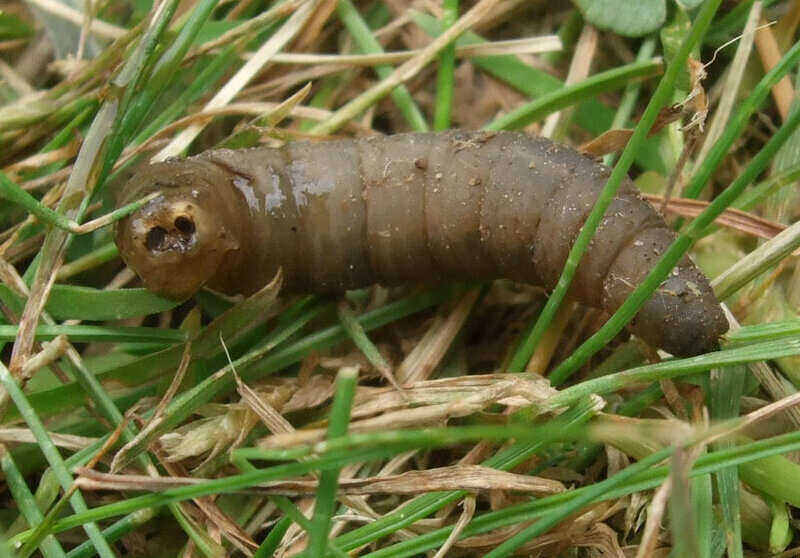
Photo Credit: Simon / Flickr / CC BY 2.0
In Atlanta, spring is the season when many lawn pests lay their eggs. And by summer, the larvae will have matured into adults. To prevent a full-blown infestation, it’s essential to act early before the pests start reproducing.
Some of the lawn pests commonly found in Atlanta during springtime include::
- Billbugs
- Chinch bugs
- Fire ants
- Ground pearls
- Mites
- Mole crickets
- Slugs or snails
- Spittlebugs
- Turf caterpillars
- White grubs
Rather than resorting to pesticides right away, it’s best to prevent pests by performing proper lawn care practices. A healthy lawn that’s free of excess moisture and thatch will not provide pests with an environment to thrive. If you do encounter pests despite your best efforts, it’s advisable to use selective pesticides that won’t harm beneficial insects.
11. Remove Thatch Buildup
Thatch is a natural layer of dead grass blades, leaves, and other organic matter that builds up between the soil and the grass. A little bit of thatch can be beneficial for the lawn, as it acts as a natural insulator, retains moisture, and slowly decomposes into valuable nutrients for the grass.
However, if the thatch layer becomes too thick (more than an inch), it can cause problems such as blocking water from reaching the roots and becoming a breeding ground for pests and diseases. To prevent this, it’s recommended to dethatch or remove the excess layer of thatch once a year.
Dethatching, also known as verticutting, involves removing the thatch layer using a specialized tool like a verticutter or a hand rake. Wait until the grass has started actively growing and has been mowed at least two times before dethatching.
Late spring in Atlanta is the ideal time to dethatch as it’s after the grass has started growing and before the hot summer weather sets in. Additionally, dethatching before aeration can help make the soil more accessible.
Note: Dethatching should be done carefully – without damaging the healthy grass blades.
Spring Lawn Care Pays off Year-Round
April showers may bring May flowers. But for Atlanta homeowners, they also bring the perfect opportunity to give their lawns the attention they need to thrive. Following these 11 essential spring lawn care tips ensures your lawn is healthy, green, and looks its best throughout the year.
But remember that taking care of your lawn is a year-round commitment. And by investing time and effort in the spring, you’ll be rewarded with a beautiful and healthy lawn for all seasons.
If you find that spring lawn care is more involved than you anticipated, don’t hesitate to seek the help of a local Atlanta lawn care professional.
Main Image Credit: Pxhere